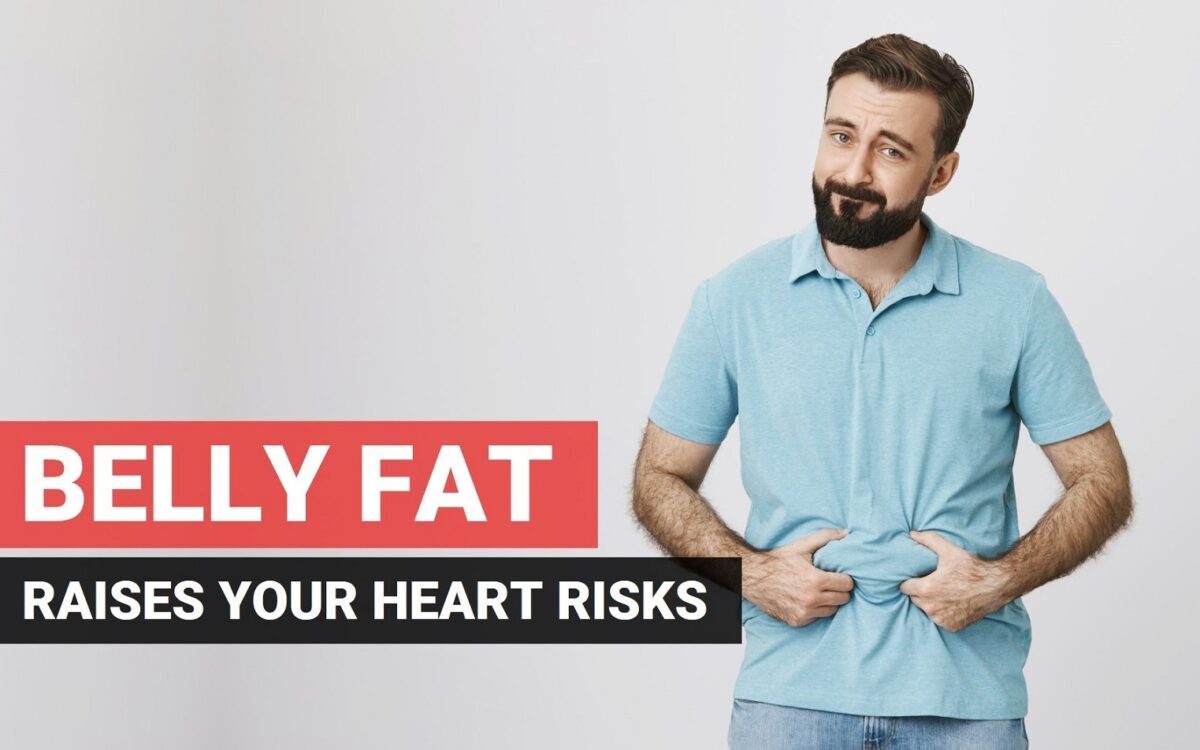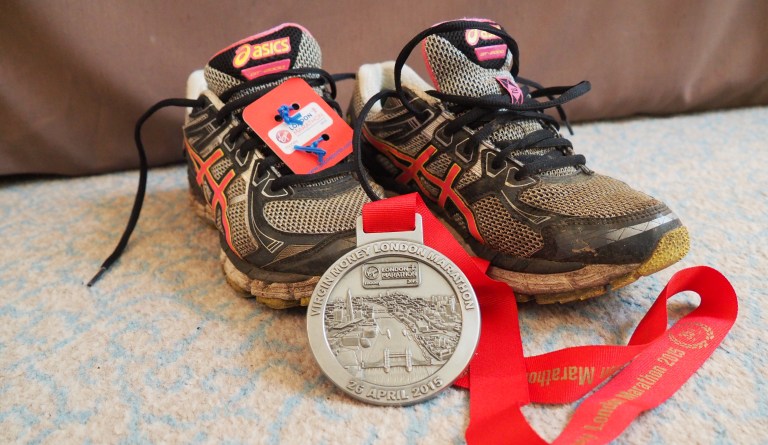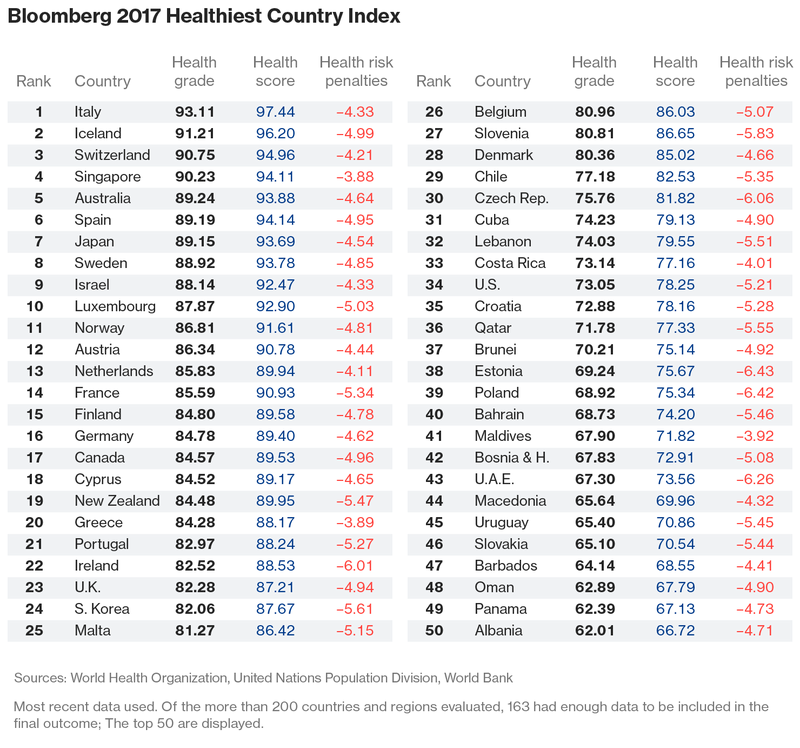Too much belly fat, raises heart risks
Researchers already know that stomach fat — known as abdominal obesity — increases the risk of having a first heart attack. But new research finds that having excessive fat in this specific area also increases risk of subsequent heart attacks.
Belly fay & other measures of obesity affect heart health
People with too much fat around their midsections and vital organs are at increased risk for heart disease, even if their body mass index falls within a healthy range, according to a new scientific report.
The excess fat in obesity was originally thought to be harmless (benign). However, we now know that excess fat causes chemical changes in your blood that increase your heart disease risk. When your fat cells become enlarged, they give off hormones that produce chronic inflammation.
Obesity also increases other heart disease risk factors, including:
- Sleep disorders.
- Type 2 diabetes.
Reason?
In other words, two people who weigh the same could have dramatically different risks of developing cardiovascular disease and diabetes, depending on where fat is deposited in their bodies.
We aren’t very sure why belly fat is increased, but what we know is people have become less active over the past several decades. Their food choices and portions have changed. People seem to have less free time and they are more depending on processed and fast food.
SEE ALSO: How Worst Eating Habits Increase Your Risk of Heart Disease
Worldwide, around 3 billion people are overweight or have obesity. The “obesity epidemic contributes significantly” to many chronic health conditions and cardiovascular disease cases around the world.
Ways to decrease belly fat or abdominal fat
The good news is that you may be able to control your belly fat. You won’t be surprised to hear it starts with a healthy lifestyle – a proper diet and regular exercise.
More encouraging is that interventions that reduce belly fat lower the risk for heart disease and diabetes.
Meeting federal guidelines for 150 minutes of physical activity per week may be sufficient to reduce abdominal fat, the analysis found, with no additional loss from longer activity times. Exercise alone or in combination with diet changes have been shown in some instances to reduce abdominal obesity even without weight loss. [Source: www.heart.org]
Maintaining a healthy waist circumference is important for preventing future heart attacks and strokes regardless of how many drugs you may be taking or how healthy your blood tests are.
– Quoted from Medical News Today



 Anna wanted to run for charity and raise awareness to those people like her and tell them that they can lead a normal life as well. Her cardiologist wasn’t much happy but he understood her motivation.
Anna wanted to run for charity and raise awareness to those people like her and tell them that they can lead a normal life as well. Her cardiologist wasn’t much happy but he understood her motivation.

 Adoc INternational staffs practice “rajio taiso”, an exercise routine often learned in schools.
Adoc INternational staffs practice “rajio taiso”, an exercise routine often learned in schools.





Recent Comments